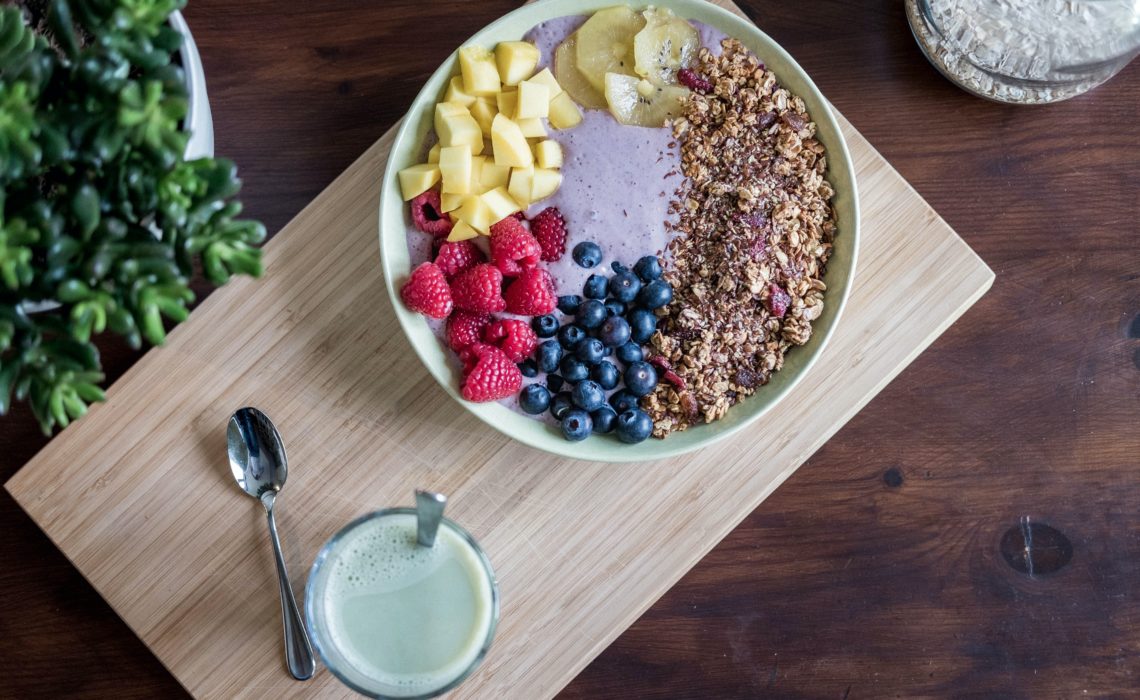
Ever wondered how Hollywood starlets and A-List Actresses never seem to gain weight? Like, ever? Perhaps it’s their good genetics? Personal trainers? Vegan diets? MAYBE….but perhaps it’s the growing trend of Intermittent Fasting that’s sweeping the fitness world. Also known as IF, the protocol suggests we take breaks from eating. Seems like common sense right? Well, Having discovered it myself way back in 2010 – I set out on a journey to review all the different methods and requirements.
Celebs such as J.Lo, Hugh Jackman, Miranda Kerr & Terry Crews all swear by using fasting to maintain their health. So, spill the Tea on fasting sis…whats this all about?
Personally, I found its pretty awesome for reducing stubborn fat pockets, increased energy, clear skin and reduced inflammation. IF is now part of my (almost) daily routine and I find it keeps my weight in check with minimal effort…. Some people find it overwhelming to eat healthy all of the time, so IF can be a useful tool in helping them burn calories whilst still having a few sneaky treats.
Intermittent Fasting – What is it?
Put simply, IF is taking a break from food and only eating during certain time frames – thus allowing the body time to heal and repair – instead of its focus on digestion. We sometimes take our abundance of food for granted in the United States and many people don’t really know what it feels like to be truly hungry. As a whole, I think we are an overfed but undernourished nation – many of the foods we choose to consume lack nutritional value – which often creates a cycle, leaving us hungry for more.
If you were to eat less, there are three ways you might do that:
- Do Intermittent fasting (IF)
- Practice portion control
- Make heathy food swaps
Fasting is not a new concept.
People have been fasting for religious and spiritual reasons for eons. Fasting for health reasons used to be considered a bit extreme, but lately the concept of Intermittent Fasting has gained a stronger following. It’s no wonder, with the many benefits the practice offers, from lowering the “hunger hormone” to reduce overeating, to lowering insulin levels, increasing energy by burning stored fat, and lowering risk of chronic diseases.
The Science Bit
Intermittent Fasting (IF) is really more of an eating schedule than a diet. What you eat isn’t as important as when you eat it. I would argue that what you eat is ALWAYS important; but IF focusses more on the health benefits that come with distinct, scheduled periods of eating and fasting. There are lots of different ways to schedule your fasting time.
Fasting has been scientifically proven to lower insulin levels and a 5x increase in Human Growth Hormone (HGH) – this helps burn fat and preserve muscle. Other Studies report that an 8 hour eating window can reduce glucose in 3-6% in those with prediabetes.. It also increases fasting Insulin by 11- 57% after 3-24 weeks of IF. With so many scientifally proven benefits to this system, the next step is finding the best method for you – It will take some trial and error but its worth the effort
The Three IF Methods
Daily 16/8
LEVEL: EASY
BEST FOR: Beginners / Anyone
I’ve found that fasting at night works best for me. This is called 16/8. A typical day would involve eating between 12:00 pm and 8:00 pm, which gives you a 16-hour fasting period and an 8-hour window for eating. I take a flexible approach on this and generally try not to eat late at night. Because the majority of your fasting time is while you’re sleeping, lots of people find this to be the easiest way to get started. I do try to do this most days of the week – however if I miss a day or two, I dont beat myself up about it, Thats why I love this method – its flexible and fits in with daily life. However, I do use the ‘legal cheat’ which is to have a cup of coffee with MCT oil and butter in the morning to give my brain the fuel it needs. Lemon Water or Tea with no Milk and Sugar is also an option.
The 5/2
LEVEL: MEDIUM
BEST FOR: Experienced Fasters
Another popular IF method is to limit yourself to 500 calories, two days a week. On the other five days, you would eat normally. If you decide to try this method, be sure to choose two non-consecutive days (Tuesday and Thursday, for example). And the other important guideline is not to go cray cray on your normal eating days. Over-eating and poor food choices on your normal days negates any benefits of fasting! This one is not too hard and is flexible also – dont worry if you dont hit 500 cals exactly – just do your best within this range.
24-hour Fasts
LEVEL: HARD
BEST FOR: MEN
Straight up – I don’t like this method. it’s too extreme and unhealthy in my opinion. It’s also probably the most difficult IF method. This means eating one meal (say, breakfast), and fasting until that same meal the next day. I defiantly don’t recommend this for women as it could lead to hormonal imbalance and fertility issues. I tried this myself and it messed with my menstrual cycle – its not something I would do again. Some people enjoy the challenge of it, but its definitely on the extreme of the spectrum.
What about the Many Small Meals Theory?
Now, I realize many of you might be worried about losing muscle or ruining your metabolism using IF. After all, we’ve been told that eating many small meals throughout the day will speed up metabolism, and that breakfast is the most important meal of the day. That may not be completely true, from a weight loss standpoint. Each time you eat, that food becomes an easily-accessible energy source.
Immediately after eating, your body automatically starts burning that meal instead of stored fat. If you’re eating frequently, your body doesn’t need those fat reserves, so it may actually prove harder for you to lose weight. When you fast, though, there is no easy source of energy…your body is forced to use stored fat, causing you to lose weight in the process. Muscle wasting is a greater concern during extended periods of calorie restriction.

Be careful: Fasting is not for everyone.
Eating healthy whole foods is the first step to weight loss, muscle toning and more even energy levels. Kids, teens, and pregnant/nursing women need consistent nutrition to support healthy growth, and won’t benefit from fasting. Also, if you’re dealing with anxiety or sleep disturbances, I don’t recommend fasting as it could make it worse. As always, best practice is to consult with your doctor before you make a significant change in your exercise/eating habits.
Change for Change’s Sake
I think that for most people, it’s healthy to experiment with different ways of eating. Sometimes we get too set in our ways and do things out of habit and don’t really question it. Or we fall into bad habits because we get bored by the way we’re eating. And our bodies change and have different needs at different stages.
By examining the way we eat and trying something different, we learn how our bodies respond to different foods and different ways of eating. We all have bio individuality, which means that even though something works for me it may not work for you. So mix it up. It’s just food. You’re not experimenting with pharmaceutical drugs! In fact, when I was in fitness school our homework often involved switching up our diet to see how it felt for US.
Curious?
If you decide to try an Intermittent Fasting technique, remember to eat a diet full of nutrient-rich, whole foods. While there’s nothing wrong with a treat here and there, I’m particularly fond eating natural foods for 80% of my dietary intake, with 20% left for treats and other yummies – Hey a girls gota enjoy life too!

